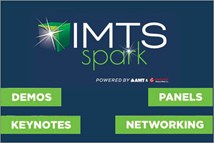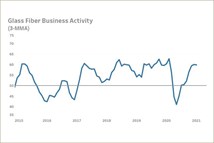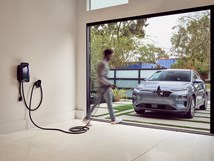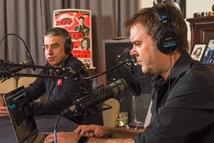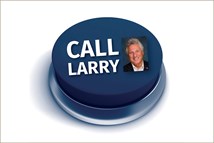Uber to Work with NASA on Flying Taxis
Uber Technologies Inc. has signed a “space act” agreement with the U.S. National Aeronautics and Space Administration to help facilitate the ’flying taxi fleet being developed by the ride-hailing service.
Uber Technologies Inc. has signed a “space act” agreement with the U.S. National Aeronautics and Space Administration to help facilitate the ’flying taxi fleet being developed by the ride-hailing service.
Uber says the collaboration is necessary to make it possible for a large number of flying vehicles to operate safely at low altitudes. The NASA-backed automated traffic management system will complement the current human-staffed air traffic control infrastructure.
The ride-hailing giant also announced plans to begin testing UberAir in Los Angeles in 2020. That’s the same timeframe the company plans to launch public testing of the service in Dallas and Dubai.
Uber is working with several aviation firms, including Bell Helicopter, to develop vertical takeoff and landing aircraft. The vehicles will use a recharging system being developed by ChargePoint Inc. specifically for flight applications.
In Los Angeles, Uber envisions an initial network of 20 flight bases positioned in and around the city, including the airport, Sherman Oaks and Santa Monica. The city also will host Uber's Elevate conference next spring.
Earlier this year Uber hired Mark Moore, a former NASA engineer, to head the flying taxi development program. The company aims to launch commercial service in select markets by 2023 at ride fees equivalent to those of an Uber car.
Electric flying taxis promise to be safer, quieter and more environmentally friendly and efficient than helicopters. Uber chief product officer Jeff Holden detailed the company’s latest plans this week at the Web Summit in Lisbon, Portugal. Several other companies are developing similar flying vehicles and services.
RELATED CONTENT
-
On Fuel Cells, Battery Enclosures, and Lucid Air
A skateboard for fuel cells, building a better battery enclosure, what ADAS does, a big engine for boats, the curious case of lean production, what drivers think, and why Lucid is remarkable
-
Multiple Choices for Light, High-Performance Chassis
How carbon fiber is utilized is as different as the vehicles on which it is used. From full carbon tubs to partial panels to welded steel tube sandwich structures, the only limitation is imagination.
-
On Automotive: An All Electric Edition
A look at electric vehicle-related developments, from new products to recycling old batteries.



